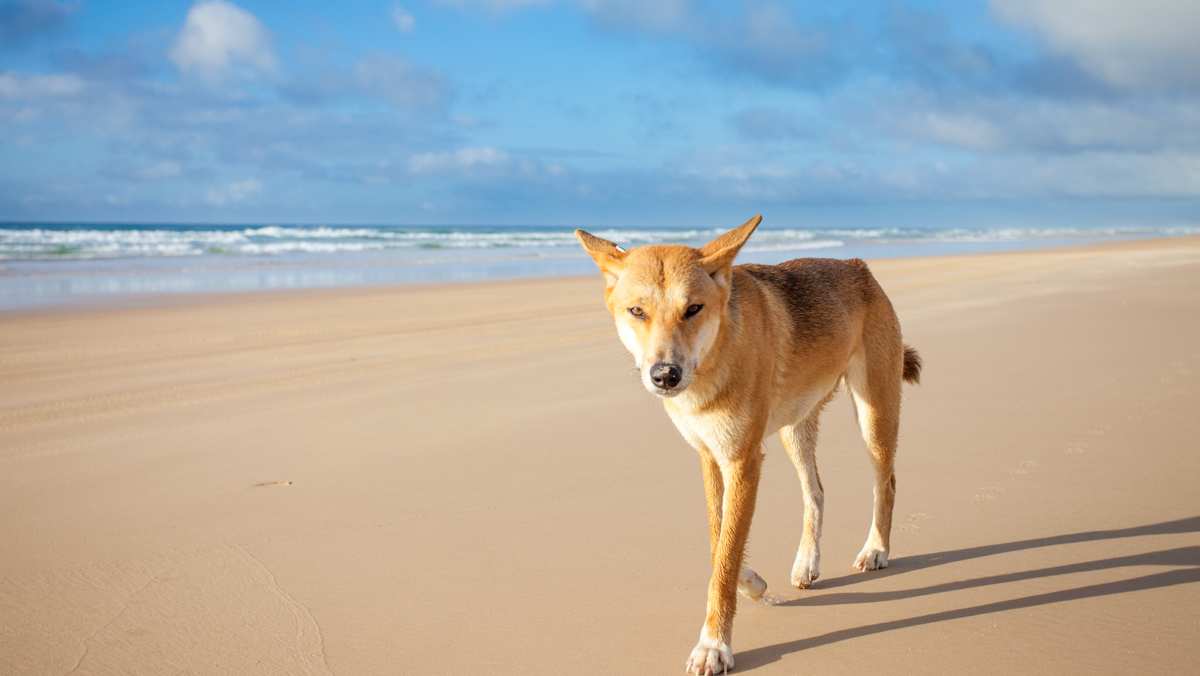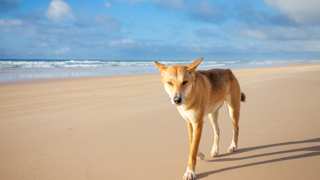Dingo Breed Details
The Dingo is a species believed to descended from wolves. Domesticated Dingoes--which are often actually hybrid offspring of purebred Dingoes and domesticated dogs--are part of the Hound group. Dingoes have lived in the wild for thousands of years; the few purebred Dingoes that are actually domesticated are not good for families, and should only be owned by people with a great deal of experience handling dogs. Dingo attacks upon humans are not uncommon.
Dingo Facts:
- Lives almost exclusively in Australia and Southeast Asia
- Able to survive in wide variety of habitats, from deserts to mountainous regions
- Rarely barks; is more prone to howling
- Can live alone, or with a pack
- Omnivorous, meaning their diets consist of both animals and plants
- Majority of domesticated Dingoes are actually hybrid breeds (Dingo/domesticated dog)
Dingo Pro's:
- Incredibly healthy
- Sheds minimally
- If raised from a very early age, can be affectionate, friendly and loving
- With a great deal of training, can be utilized as work or shepherd dogs
Dingo Cons:
- Instinctive desire to live in the wild
- Suspicious of and skittish around humans
- Incredibly difficult to train
- Extreme ability to escape from enclosed areas
- Not good with families and children (unless raised with them from puppyhood)






